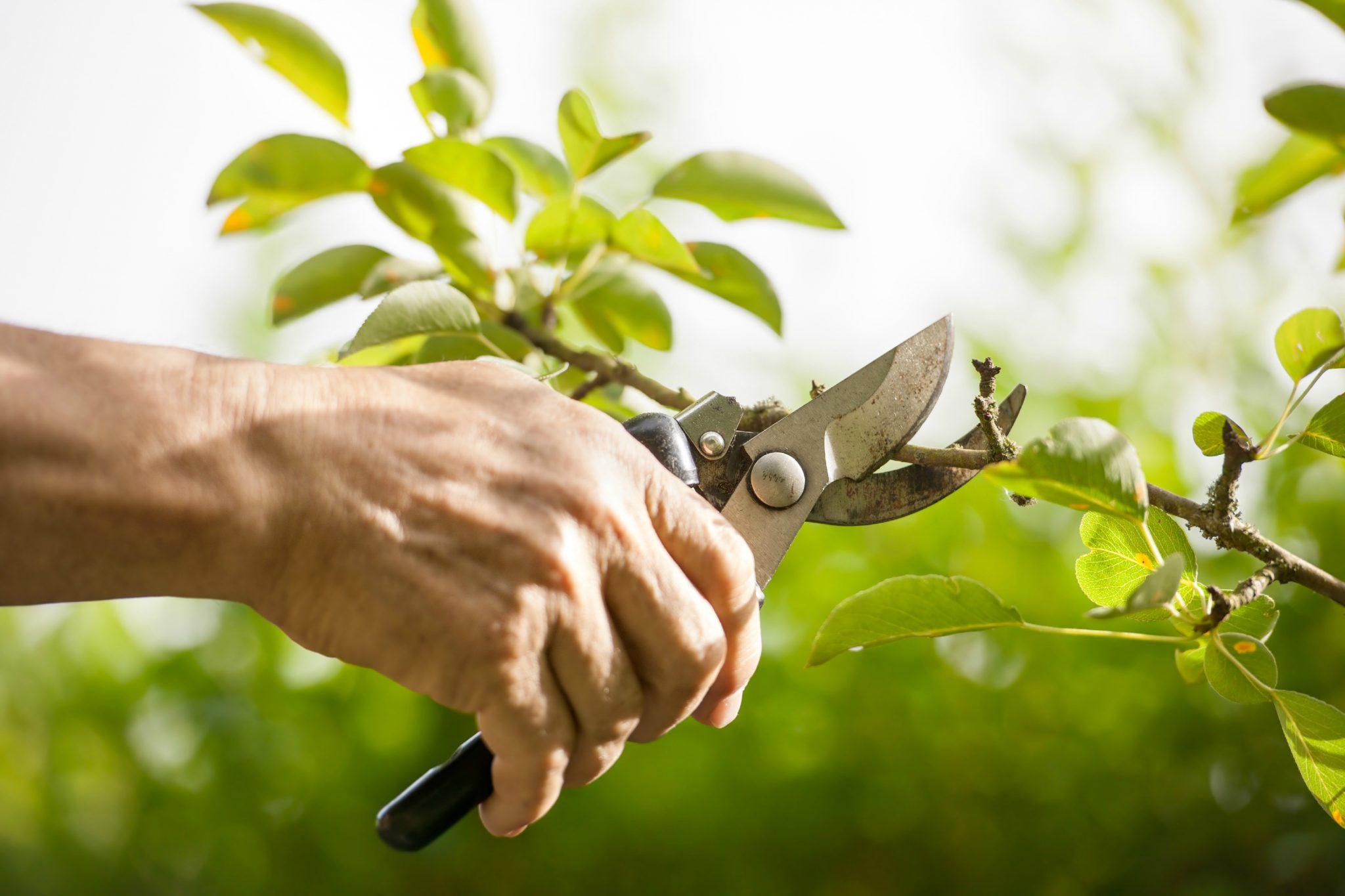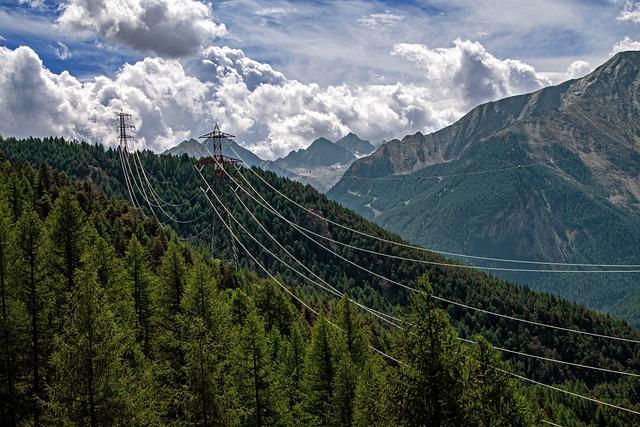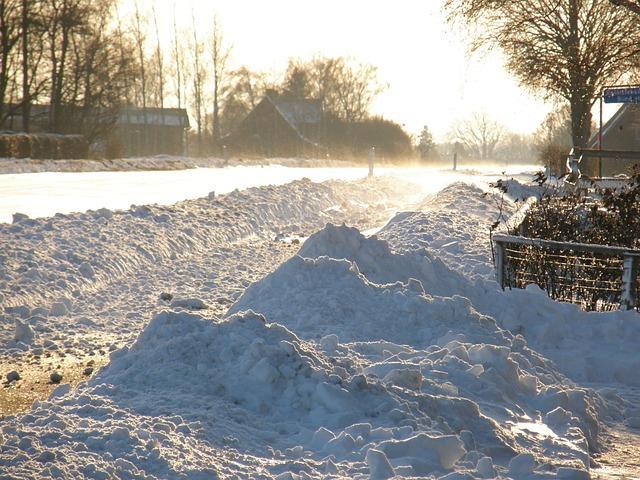Trees require regular pruning to maintain their health and structural integrity. Pruning for tree structure and stability is an important practice that can help prevent potential hazards and prolong the life of the tree. In this article, we will explore the benefits of proper pruning techniques and how they can promote the overall well-being of your trees.
Benefits of Pruning for Tree Health and Longevity
By regularly pruning your trees, you can promote their overall health and ensure their longevity. Pruning helps remove dead or diseased branches, allowing the tree to allocate its resources more efficiently. Proper pruning also promotes air circulation and sunlight penetration, which are crucial for the tree’s growth and development. Additionally, pruning can help enhance the tree’s appearance and improve its overall structure.
Common Pruning Techniques and When to Use Them
There are several common pruning techniques that can be used to maintain the health and stability of your trees. These techniques include thinning, heading, and crown reduction. Thinning involves removing select branches to improve air flow and reduce weight on the tree. Heading involves cutting back the tips of branches to promote new growth. Crown reduction is used to reduce the overall size of the tree by cutting back select branches. It is important to know when to use each technique to ensure the best results for your trees.
Training Young Trees for Strong Structure and Stability
It is essential to train young trees for strong structure and stability to prevent future problems. This can be achieved through proper pruning techniques that promote well-spaced branches and a central leader. By shaping the tree early on, you can help it develop a sturdy framework that will support its growth for years to come. Identifying and addressing weak branch attachments early on can also help prevent potential hazards in the future.
Q&A
Q: What is pruning for tree structure and stability?
A: Pruning for tree structure and stability is the process of strategically removing branches and foliage to promote a strong and balanced tree structure.
Q: Why is pruning important for tree structure and stability?
A: Pruning plays a crucial role in maintaining the overall health and stability of a tree. By removing weak, diseased, or overcrowded branches, we can reduce the risk of breakage and improve the tree’s ability to withstand adverse weather conditions.
Q: When is the best time to prune for tree structure and stability?
A: The best time to prune for tree structure and stability is during the tree’s dormant season, typically in late winter or early spring. Pruning during this time helps to minimize stress on the tree and allows for optimal healing.
Q: How should one go about pruning for tree structure and stability?
A: It is important to first assess the tree’s overall structure and identify any problematic branches that need to be removed. Carefully prune away any dead, damaged, or crossing branches with sharp, clean tools to ensure a clean cut and promote proper healing.
Q: Are there any specific techniques to consider when pruning for tree structure and stability?
A: When pruning for tree structure and stability, it is important to follow the natural branching patterns of the tree and avoid cutting too close to the trunk. Additionally, it is advisable to remove any branches that have narrow angles of attachment to the main trunk, as they are more prone to breakage.
Q: What are the potential benefits of pruning for tree structure and stability?
A: Pruning for tree structure and stability can help promote healthy growth, improve air circulation and sunlight penetration, reduce the risk of storm damage, and enhance the overall aesthetics of the tree. Additionally, a well-pruned tree is better equipped to withstand environmental stressors and can potentially increase property value.
Conclusion
understanding the importance of proper pruning techniques for tree structure and stability is essential for maintaining the health and longevity of your trees. By following the guidelines outlined in this article, you can help promote healthy growth, reduce the risk of damage from storms or disease, and ultimately create a strong and stable tree structure that will benefit both the tree and your property. Remember to always consult with a certified arborist or tree care professional for assistance with pruning if needed. Thank you for reading and happy pruning!
Simpsons Tree Services, Servicing Melbourne’s North Eastern Suburbs
Book a quote online at www.simpsonstrees.com.au




